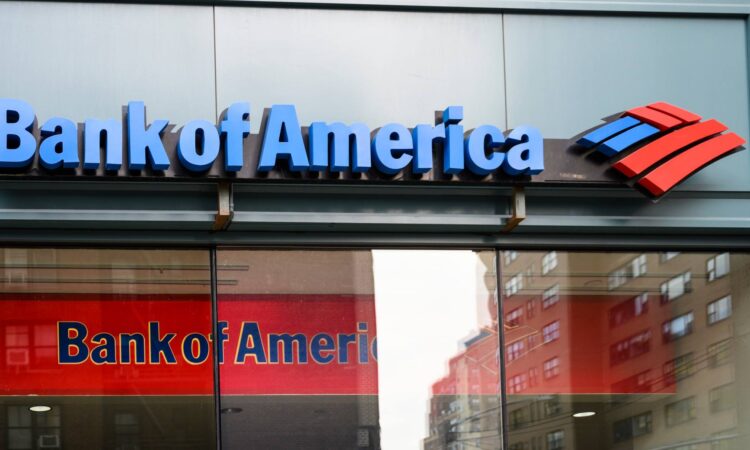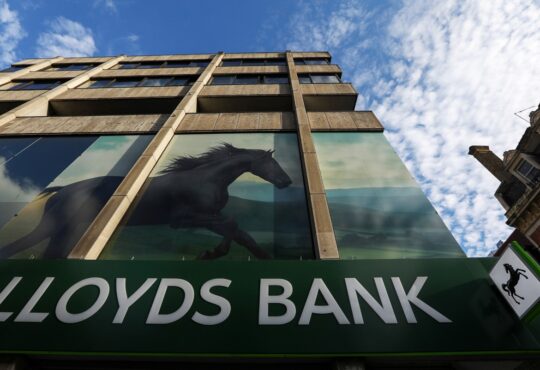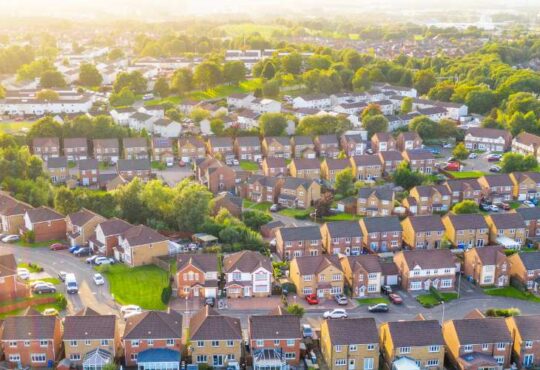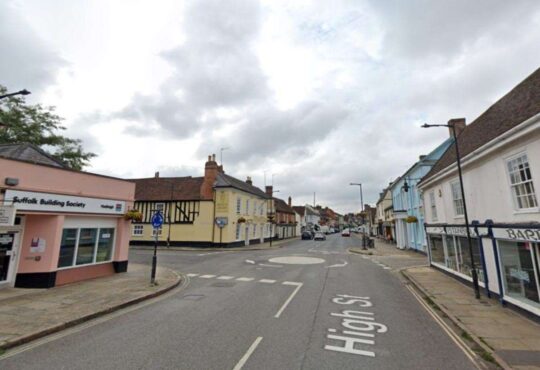
Last week, several banks announced the closure of 15 more branches across the United States, continuing the trend of shifting away from traditional brick-and-mortar banking branches that we all used to go to. US Bank has led this new wave with announced plans to close seven branches, followed by Bank of America with six, and Chase with two. These closures were communicated to the Office of the Comptroller of the Currency (OCC) during the week of July 1 to July 8. The affected branches span multiple states, including Illinois, New Jersey, California, and Wisconsin. In the six months since the beginning of the year and between all banks, more than 400 branches have been closed across the country. Every week, banks report their branch openings and closures to the OCC which is why making the math on the issue can be so easy.
But it is not all bad news for those of us that prefer or need to do our banking in person. In the same week, banks also opened thirteen new branches, resulting in a net loss of two branches. This trend of reducing physical branches while expanding online services is expected to persist.
The last year that saw an increase in the number of bank branches in the US was 2011, with over 85,000 branches, according to data from the Federal Deposit Insurance Corporation (FDIC). Since then, the number has steadily decreased to about 70,000. Major banks like US Bank, Bank of America, and Wells Fargo have grown increasingly confident in their ability to meet customer needs through online banking, especially after being forced to upgrade their online presence and services during the pandemic.
Even when considering the significant investment that needs to be made online to keep un cybersecurity and the services available to customers, closing physical branches still results in significant cost savings. According to Bancography, an Alabama-based consulting firm specializing in banking, the average cost of running a standalone branch is $2.6 million per year when you consider all running and personnel costs on top of location expenses.
Steven Reider, the founder and president of Bancography, mentioned in an interviw with DailyMail.com that “banks are willing to close a branch that isn’t really overlapping any other branch on the gamble that customers are willing to drive a little bit further. I think Bank of America has leaned into that more than the other large banks have.”
Reider also highlighted that Bank of America’s history of mergers resulted in plenty of branches located in rural areas, which, although cheaper to run, can still be quite underused due to their more remote location and thus not worth the cost. Additionally, the industry is experiencing a “rural to urban conversion. Every census since 1910 has shown a greater proportion of Americans living in urban areas than the preceding census, so as we become an increasingly urbanized country, the demand in these legacy rural markets just fades away.”
Banks are now focusing on consolidating their presence in key urban markets. For instance, Chase is aggressively expanding in Kansas City, Fifth Third Bank is making similar moves in Charlotte, and PNC is targeting Austin.
The trend of bank branch closures, which accelerated in the 2010s, was, as we have said, further exacerbated by the pandemic, as it kept people at home and increased reliance on digital banking services. In 2023 alone, over 1,500 bank branches were permanently closed, with California and the Midwest being the most affected regions. This ongoing trend suggests that banks will continue to streamline their operations and focus on enhancing their online platforms to cater to a more digitally-inclined customer base.
Affected bank branches by the closings
- Jpmorgan Chase, Mitchellville, MD, 10200 Lake Arbor Way
- Jpmorgan Chase, San Ysidro, CA, 4319 Camino De La Plaza
- Bank Of America, Anna, OH, 312 W Main Street
- Bank Of America, Chicago, IL, 3033 North Pulaski Road
- Bank Of America, Carlyle, IL, 12th & Mullikin Sts
- Bank Of America, Edison, NJ, 159 Wood Avenue
- Bank Of America, Hartford, SD, 103 South Main Street
- Bank Of America, Galena, IL, 953 Gear St
- U.S. Bank, Kansas City, MO, 8750 Blue Ridge Boulevard Extension
- U.S. Bank, Marshfield, MO, 759 West Jackson
- U.S. Bank, Washington, DC, 700 13th Street, N.W.
- U.S. Bank, Chicago, IL, 2639 North Milwaukee Avenue
- U.S. Bank, Wautoma, WI, 450 E Main Street
- U.S. Bank, Las Vegas, NV, 901 South Rancho Lane, Suite 1
- U.S. Bank, Tipton, IA, 102 E 5th St
Bank branches opening
- JPMorgan Chase Bank, North Little Rock, AR, NWC of John F. Kennedy Boulevard (Hwy 107) and School Drive
- JPMorgan Chase Bank, Charlotte, NC, SWC of Fairview Road and Sharon Road (aka State Route 3600)
- JPMorgan Chase Bank, Mountain Brook, AL, NEC of Cahaba Road and Culver Road
- JPMorgan Chase Bank, Lincoln, NE, SEC of South 66th Street and E O Street (US 34)
- First NB of Pennsylvania, Durham, NC, 1050 Yunus Road
- First NB of Pennsylvania, Summerville, SC, 1307 N Main St
- First NB Texas, Gallup, NM, 1650 W. Maloney Ave
- JPMorgan Chase Bank, Annandale, VA, NWC of John Marr Drive and Tom Davis Drive
- JPMorgan Chase Bank, Falls Church, VA, NWC of Leesburg Pike (aka West Broad Street) & Haycock Road
- JPMorgan Chase Bank, Salt Lake City, UT, SWC of 2100 South and 900 East
- Pacific, Miami, FL, 13101 SW 89th Place, Suite 107
- Fifth Third Bank, Parrish, FL, 11605 Moccasin Wallow Rd
- Bank of America, Oak Park Heights, MN, 5990 Nova Scotia Avenue North






